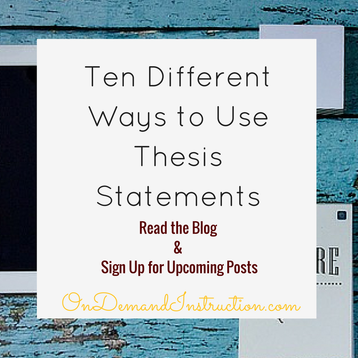
Before writing a thesis statement, consider the purpose of the writing.
Why are you composing the piece? Is it a letter to convince a representative to agree with a policy? Is it a cover letter for a job application? Is it an essay to explain a topic’s true meaning? Or perhaps an editorial for a newspaper? Your thesis needs to match the purpose of the writing so that the communication is clear and effective.
Where Can Writers Use Thesis Statements?
1. In Analytical Essay An analytical essay is usually assigned as a class requirement in high school or college. The ultimate purpose of an analytical essay is to inform the reader on the writer’s findings and analysis. The important parts of an analytical essay are: 1) Introduction, 2) Statement of the issue, 3) body paragraphs, and 4) conclusion. This can be given to high school but college students are expected to present a more detailed essay format. 2. In Book Review Book reviews typically assess how effective the author is in delivering contents of the book. The purpose of writing a thesis statement in a book review is not to persuade but to give a clear overview of the content. 3. In Research Writing Formulating a thesis statement in extended writing requires some scientific research. It requires several steps such as: 1) formulate hypotheses or questions, 2) provide evidence, and 3) construct thesis statement. The research questions serve as a guide in exploring different views to arrive at a conclusion or thesis statement. The thesis is always a result or outcome of the research not the starting point of the research. 4. In Short Responses A thesis statement can be included in short responses. Similar to an essay, short responses use an introduction, body, and conclusion but are composed of one to three paragraphs. These are commonly used in elementary and high school essays. In the professional world, we use short answers to write emails, professional memos, and quick responses.
5. In Blog Posts Thesis statements in expository writing aim to explain and not to persuade. There are four styles in presenting a thesis statement in expository format. Expository writing is the most widely-used writing format, and we see it every day. Journalism articles, blog posts, and reviews are all forms of expository writing, because the writer seeks to explain something. Bloggers who focus on the expository nature of the thesis will have an easier time composing. 6. In Short Stories Thesis statement in narrative format aims to engage and entertain the reader. It should sound as if you are narrating a story. Thesis statement in narrative format should provide some context, purpose, and get the attention of the reader. If you have ever seen the old Rocky and Bullwinkle cartoons, they always ended with a moral or purpose to each story; this was the thesis or point they were making with the episode. 7. In Comparison and Contrast Writing It is rather challenging to write a thesis statement when making comparison and contrast statements. But, readers can understand better when you present the similarities or differences rather than trying to write about both. Thesis statement in this format appears to be more interesting for the readers. Have you ever read a review of two cars showing off their features? That was an example of comparison and contrast writing in action. 8. In Sales Pitches Have you ever gone onto a website looking for a particular product? You may have scanned over multiple descriptions on different websites to figure out which one would work out best for you. Well, there are thesis statements embedded in sales descriptions. Why? It is because marketing professionals want to persuade you to buy their products. The one with the best, most persuasive thesis and description gets your business. 9. In Professional Emails The key to presenting a good thesis statement in professional writing is to know your audience. Thesis statements in professional writing do not differ from others. But, when you have identified your audience, you can easily manipulate your writing style. Always be conscientious about how your recipient may take an email. Writers want to be either persuasive or expository with a tone and style that appeals to their audience; you want to pull in your customers and increase their interest. 10. In Personal Letters Even personal writing can include a thesis statement. When you are having a hard time and are in need of help, letting someone know in a letter what is happening with a thesis statement and clear support can go a long way in communicating your needs. When writing a letter sharing happy news, a thesis can let friends and family know that the new baby arrived, the new house is purchased, or the new business is on track. A thesis statement varies depending on the writing format. It is important to identify the purpose of your statement, to know your target readers, and to be flexible in your writing style. Understanding what a thesis statement is, how to construct one, and how to defend one can be a real life saver for any writer. Related Blog Posts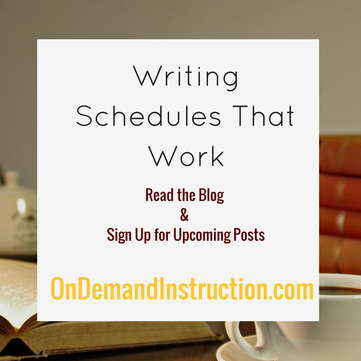
Writing Schedules That Work
The question has come up—how does one create a writing schedule that works. Creating a workable writing schedule is a challenge that all of us face and must master to be able to reach our writing goals. First, a writer needs to have a specific writing goal in mind (i.e., write a screenplay, complete the great American novel, or post a blog a week). So, if you have not yet set your specific goal, have a general goal in mind as a starter. The goal does not need to be grandiose by any means; it can be a small goal that a writer can reasonably master within the year. Some writing goals to consider Writing goals in themselves can be difficult to figure out. While in school, our teachers and professors handed out writing goals, so we never had to decide how much or when to write. We just wrote as much as was required, answered the prompts, and submitted the work on time, because few instructors encourage students to set their own writing goals and manage their progress. All this leaves most of us at a disadvantage in setting our own writing goals. To set a goal, start with the time limit and create a goal for the year. In the next year, is it reasonable to write three books, one novel, 12 blog posts, a series of short stories, or a collection of poetry? What jumps out as the stack of paper you envision having in your hand at year’s end? Once you solidify that in mind, you have a writing goal, which might need some tweaking along the way, but start with a general goal at least. Working backward from the goal With a goal in hand, you can work out how much effort is needed to achieve it by year’s end. If your goal is to write a 250-page novel, then you need to write 20 pages a month to get there. If your goal is to write a blog a month, then it is just one per month to meet that goal. If the goal is to complete a series of short stories, perhaps two stories a month are a reasonable rate. Now, it can feel a bit like this is over-simplifying the task of organizing one’s writing, but it is just the first step. You see, after you set that goal, work backward for the year, then you need to add in the steps to reaching the goal. For example, if I am going to write a 250-page novel this year at 20 pages per month, I will need time to brainstorm, outline, rough draft, edit and revise, and review before I have 20 completed pages per month. The same is true of any goal. Take your monthly goal and brainstorm what is needed to reach it. What do you need to do to produce 20 pages, 2 stories, 1 blog post, or 10 poems? Create a list of those steps. Setting up a daily schedule Really there are only two things that every writer must do on a daily basis to write well and improve in practice—read and write. Regardless of what you are writing, what genre, and what your intentions for your goal, you absolutely must write for 10 minutes per day and you must read for 10 minutes per day. It does not particularly matter what you write or what you read; what matters is that this task is completed daily with the mindset of writing well. Setting up a weekly schedule So, now you know that small portions of reading and writing are on the daily docket, now we organize the full schedule. Take the list of steps needed to meet your writing goal and break those onto weeks. It may look something like this: Yearly goal: 250 page novel
Breaking down a task can make it more manageable and increase the likelihood of success. Most writers have large goals to complete: novels, book series, and screenplays. Having a plan on how to achieve those goals can improve one’s chances of making it to the goal, so put in a little bit of time on organizing and enjoy your writing time. Good luck with your writing! Related Blog Posts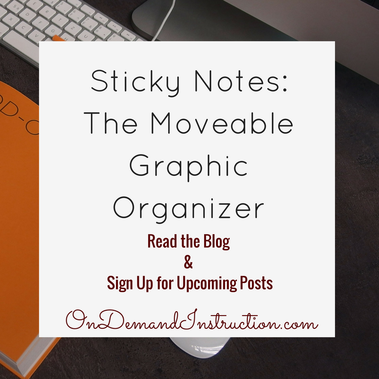
Currently, the book The Simple Guide to the Writing Process is in a revision process for an upcoming edition. One of the interesting additions to the new version is instruction on how to use sticky notes to create movable graphic organizers for kinesthetic learners.
Kinesthetic learners are people who need to touch things, move around, and physically alter objects to learn can use this method to their advantage. New to the upcoming revision of The Simple Guide to the Writing Process Some people have to touch things to understand them. If you have ever been a person who learns by doing, working with your hands, or moving your body to learn, you may be a kinesthetic learner. These are people who become the mechanics, ballerinas, and soccer stars of the world. They learn by moving, whether that means moving their bodies or moving other objects. These people tend to enjoy being able to move objects around during their brainstorming and organizing process as well. For them, the ability to move their ideas physically helps them to process information and problem solve. To demonstrate how to brainstorm and plan for these learners, we will use sticky notes to brainstorm and plan a narrative.
In the image, we used sticky notes so that each note would hold one idea from the young writer. A young person may brainstorm fewer ideas overall for a story than an older writer, so six ideas in the brainstorm may be plenty. Kinesthetic learners can benefit from using sticky notes or notecards because they can be shifted around to fit any pattern or organization.
Narrative Planning
Notice that this plan is a restructured version of the brainstorm. If these were physical sticky notes, the writer could move them around for the best organization. This process is fun and appealing to kinesthetic learners because they have the chance to use their hands and move while learning. This can increase their enjoyment with the writing process and help them to write more.
For kinesthetic learners, being able to move ideas around physically can make all the difference in creating a successful writing process. If you are a kinesthetic learner or know one, offer them this suggestion to allow them to move during the writing process. Related Blog Posts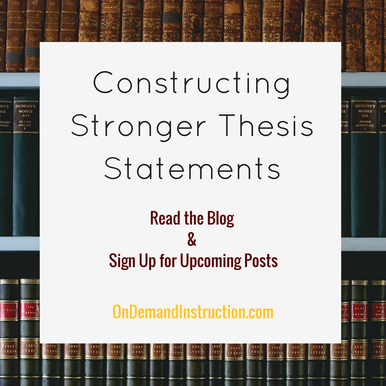
How does a Thesis Statement Work? A thesis statement is the central concept of your research paper. It helps the reader to understand what your research is about. It guides them to comprehend specific ideas. It is the key to unify significant components of a research paper. A thesis statement is important because it gives the main purpose why you wrote the paper. Start with an interesting statement to catch the reader’s attention. A clear thesis statement helps the writer present a well-constructed research. Ideally, a thesis statement is placed towards the end of the Introduction section. By doing so, you are gradually enticing the readers to get to the main point of your paper. The original meaning of thesis is “setting down”, similar to an occasion where you want to sit down and discuss an important matter. Likewise, a thesis statement is important for both the writer and the reader. It is important for the writer because it defines the direction of his paper. A reader knows the background of the research based on the thesis statement. A working thesis statement is important to provide dynamics that make the topic sound interesting.
The diagram shown above shows how to dynamically present your thesis statement. The three elements of providing a clear thesis statement are the following:
After giving context, you may now go to the more specific part of your thesis statement which is the subject. The subject should be clear and concise. It is the part where you establish your main idea. The last part of your thesis statement is the claim portion. This should present asserting your opinion. This presents your claim on a specific topic. A strong thesis statement is shown below: Weak statement: Pollution is bad for the environment. Strong statement: Instead of giving massive tax breaks to oil and gas companies, state and federal governments should stop supporting pollution-causing industries. No one will disagree if an idea is constructed as in the first example. However, the second statement sounds argumentative and suggests a point for discussion. A thesis statement should be challenging especially debatable topics. As a writer, you must be prepared to present evidence to support your claim. Another example of a good thesis statement is illustrated below: Instead of giving massive tax breaks to oil and gas companies, state and federal governments should focus on decreasing carbon emissions and supporting environmentally-sound industries. This suggests a narrow and debatable thesis statement. It provides an opportunity to discuss your claim. It also entices the reader to agree or disagree with the points made. The statement calls for further evidence to be included in the paper. Everybody feels a bit hesitant about thesis or research writing. They say that the most difficult part is where and how to start. The key is to have a clear goal of what you want to prove to your readers. Think of your paper as a funnel. Start from general to specific ideas. Create dynamics by backing up ideas with significant research. Looking for more details on thesis statements and how to support them? Check out the book The Simple Guide to Thesis Statements and Support HERE. Related Blog Posts
Recently, I began working on a book of writing prompts based on the works of art by Denver artist Colleen Hennessy.
The intended audience for the book is creative women looking for guidance and support for their creative writing. Following is a portion of the book’s first draft. A terrific first step to awakening one’s creativity is to journal. By journaling, we allow ourselves to write, think, and feel without pressure to be perfect. We do not have to worry about constructing stories that will be published or even seen by others. While journaling, we can create the writing that will allow us to explore and experiment. When a person has not written or been creative in a while, journaling can be just the thing to reignite the creative spark. The act of being creative is extraordinarily therapeutic. Many people feel better about themselves, their situations, and the world around them after they journal about a difficult scenario. And there is research to support that people who engage in creative pursuits enjoy life more. In the last few months, several women have reached out to me for advice on how to get started in creative writing. They each felt the need to express themselves in a way that would not interfere with their responsibilities to family, community, and work. Each woman knew intrinsically that if she could add creative writing activities into her days, then her life would be a little bit more fulfilling. Give this prompt a try: No matter who you are, no matter where you are from, and no matter where you are going, you have a special memory locked up somewhere. We all have memories of incredibly simple events that touched us deeply. A day on the swing set in the back yard, a hike up a mountain, and a night of dancing the tango—any of these can be the spark of a terrific story. Within these wonderful memories, there is often a single object that stands out. It does not necessarily need to be an object that holds deep symbolism or something that is personified in an intricate way. Sometimes the least occurrence can stimulate the memory and take us back in time to an event that affected us. Have you ever touched a fabric that reminded you of baking cookies with your grandmother when you were a child? Is there a particular perfume that brings you back to a memory of your mother or aunt? How about a particular food, like strawberry pie, that takes you instantly to the first time you ate it? Does cigar smoke remind you of a blues bar in New Orleans way back when? Tiny details can do wonders for our ability to access memories and in turn, transform those memories into stories that can be shared. Sensual details are ones that connect us to the senses: sight, sound, touch, taste, and smell. Every memory contains these senses, and they can have a powerful effect on us as writers and on our readers.
Paint & Ink~Creative Journaling for Women |
About the SiteWelcome, Writers! Archives
September 2023
|
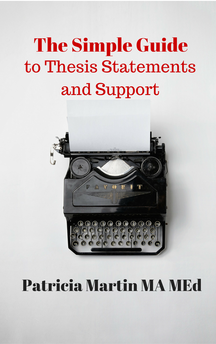
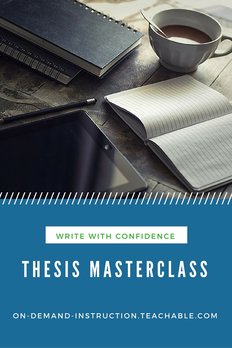
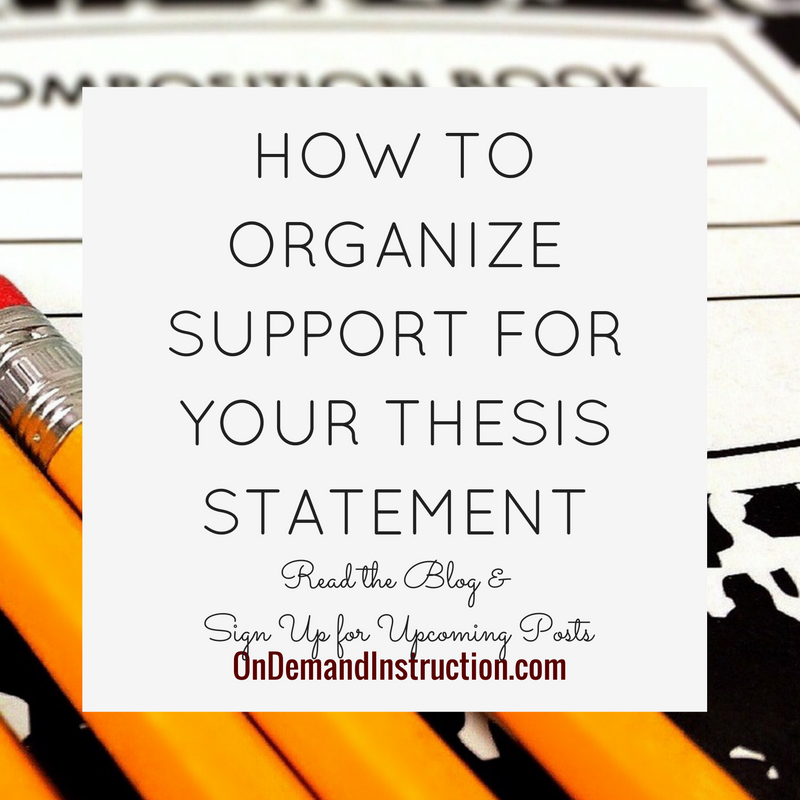
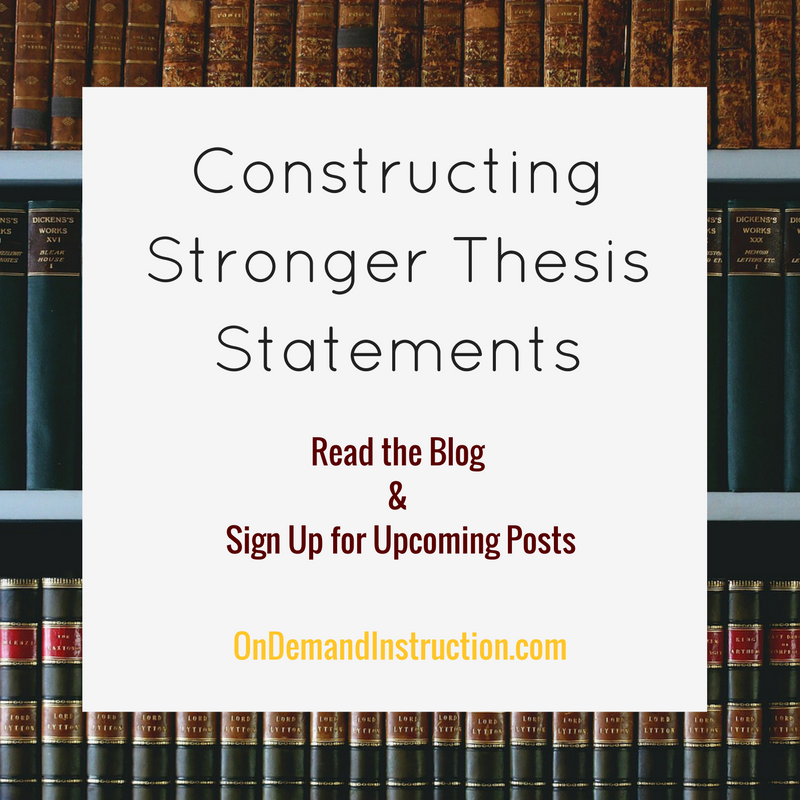
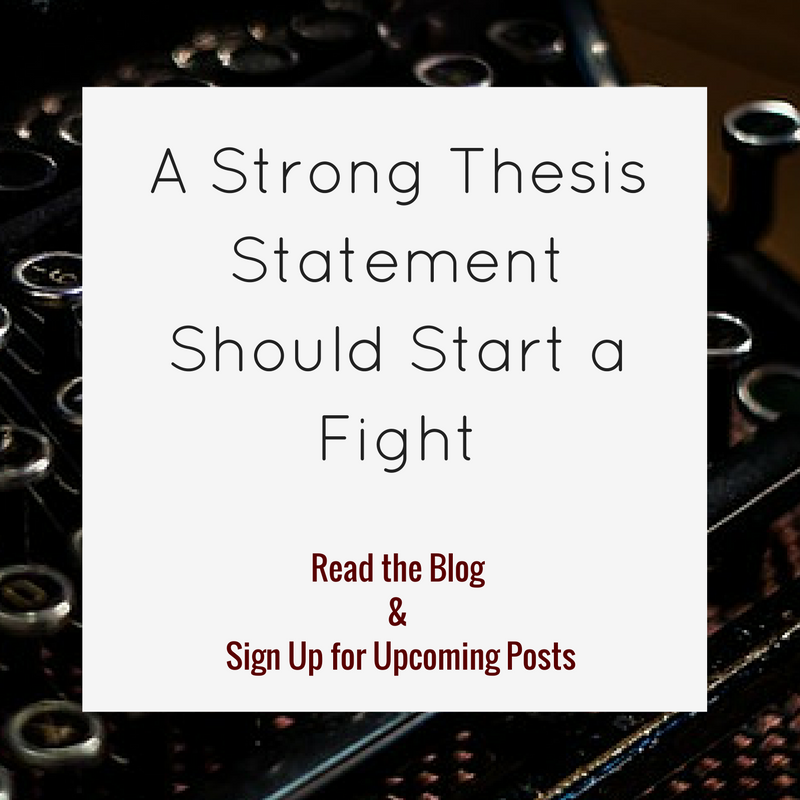

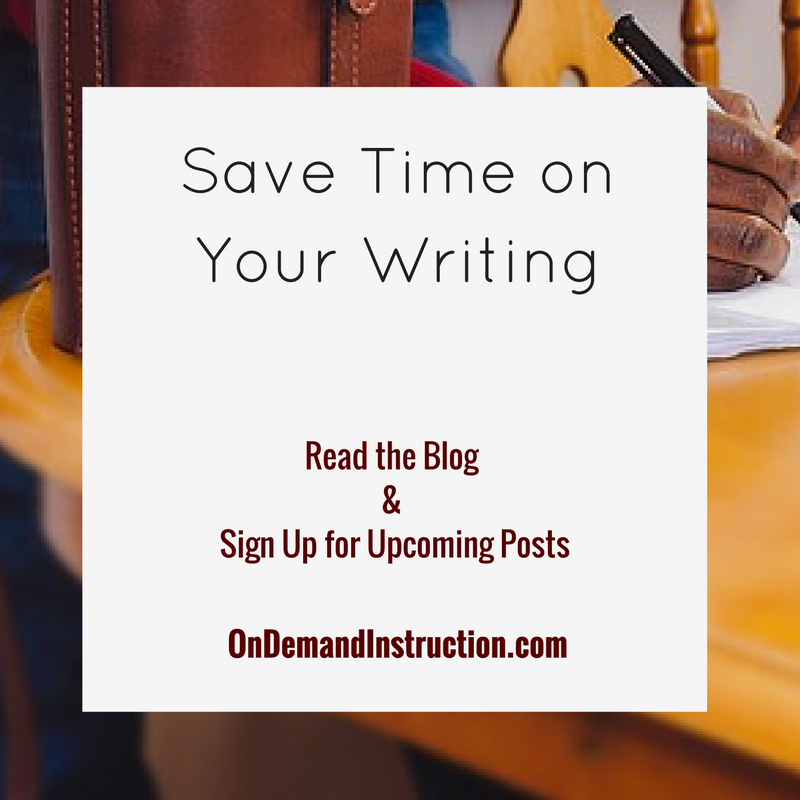
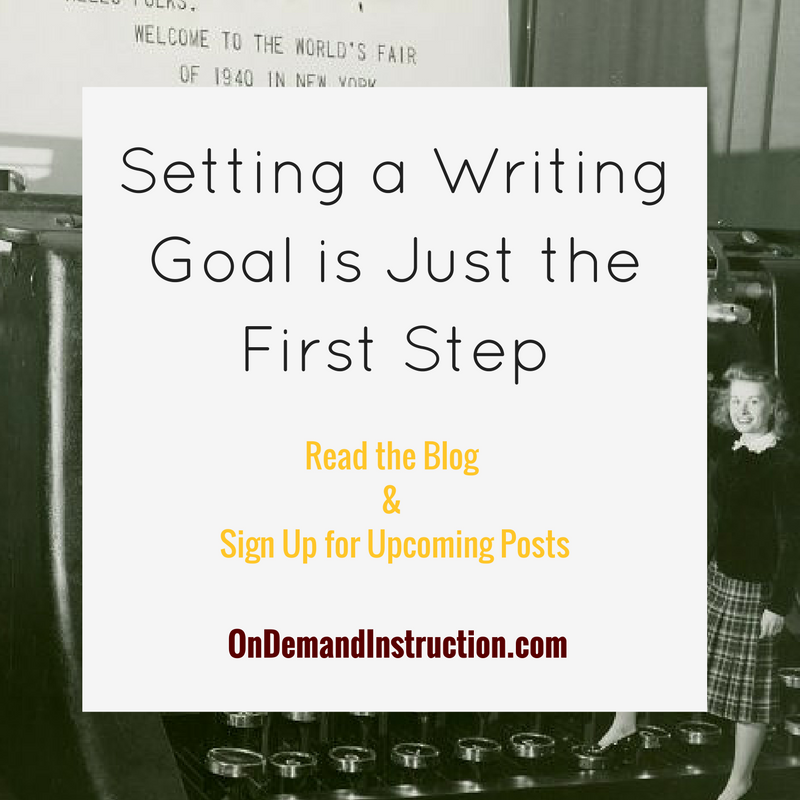
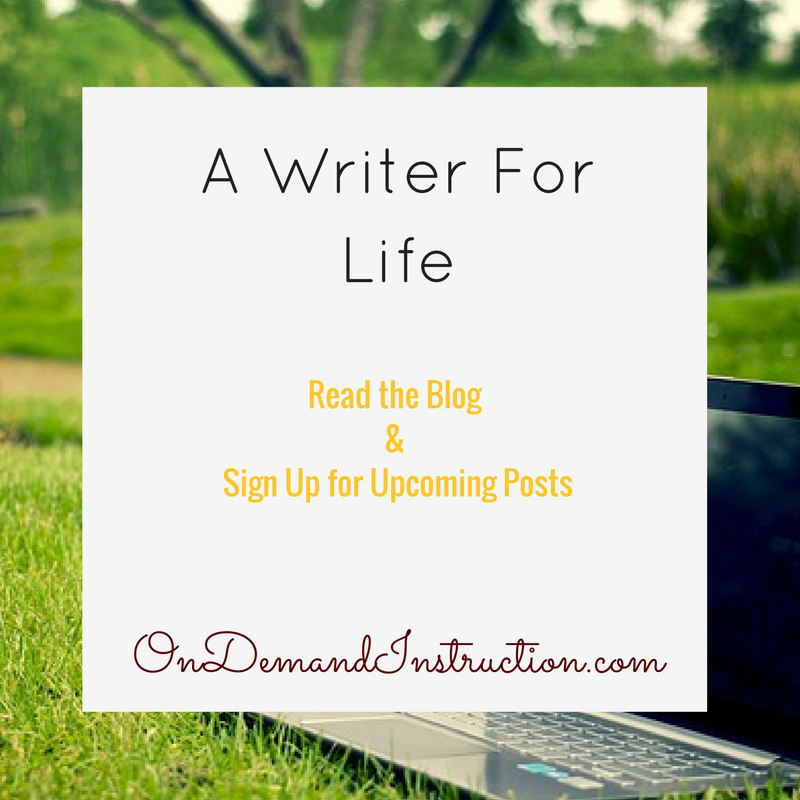
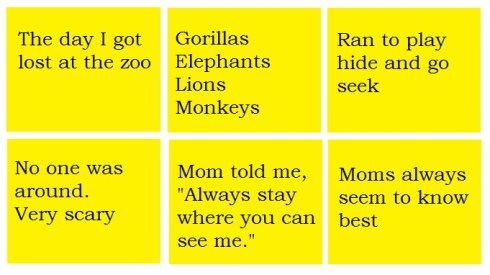

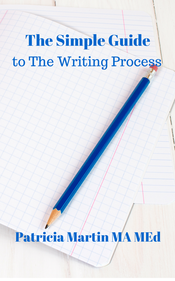

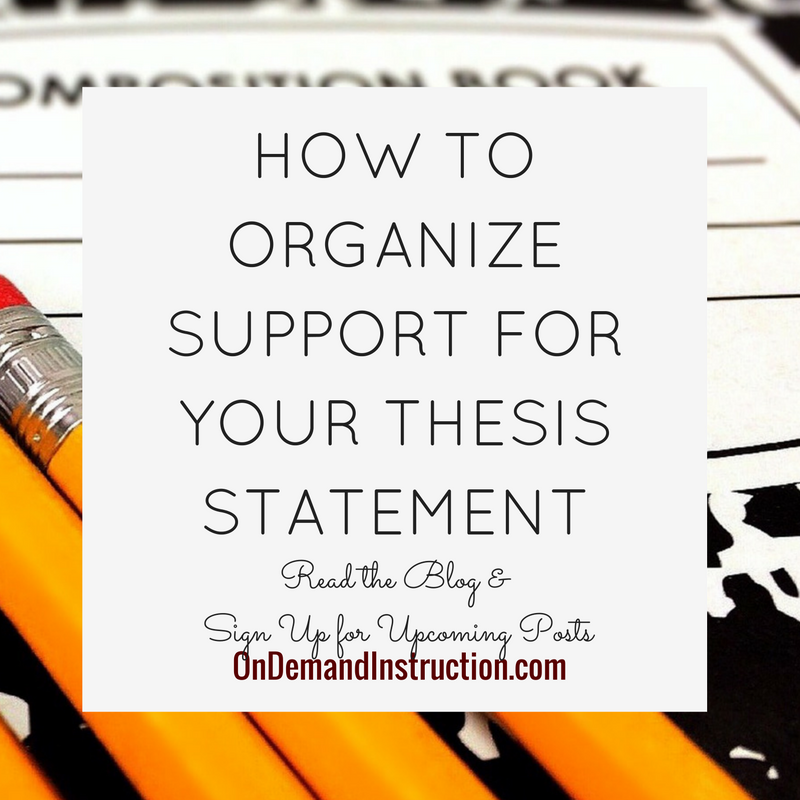
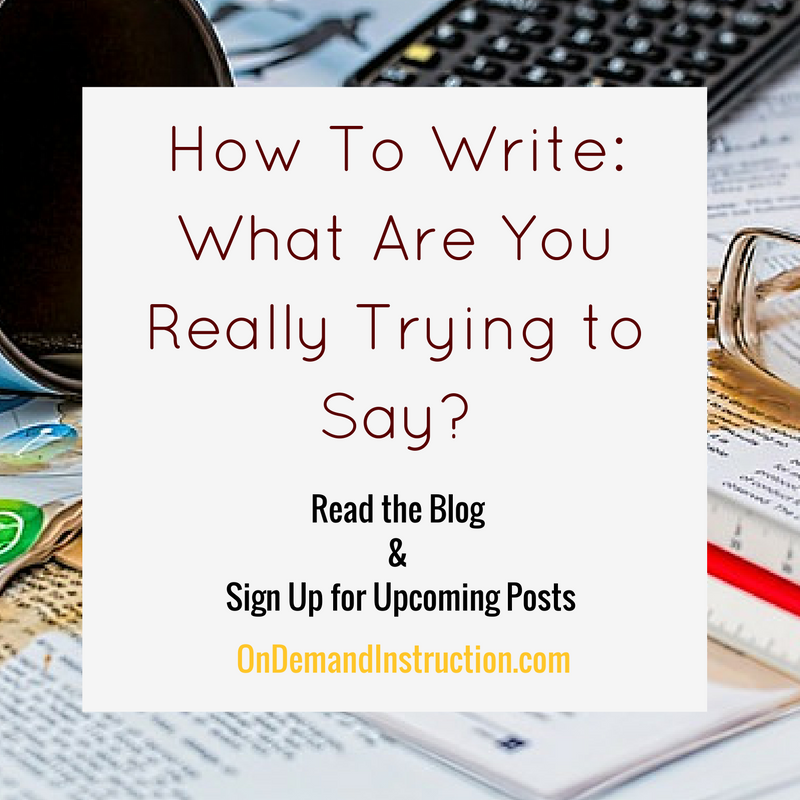
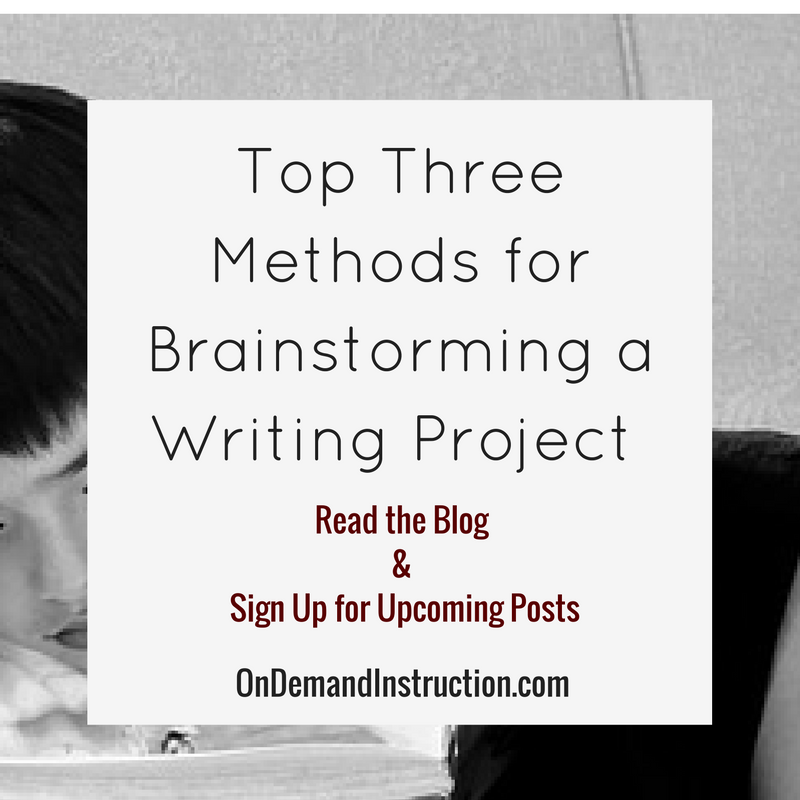
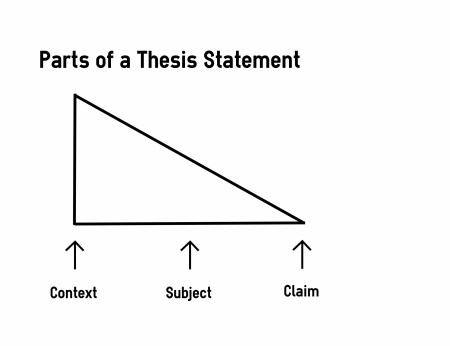
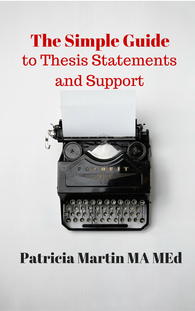
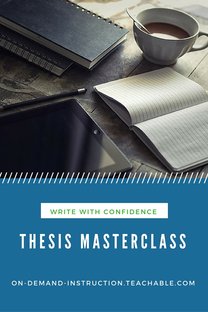
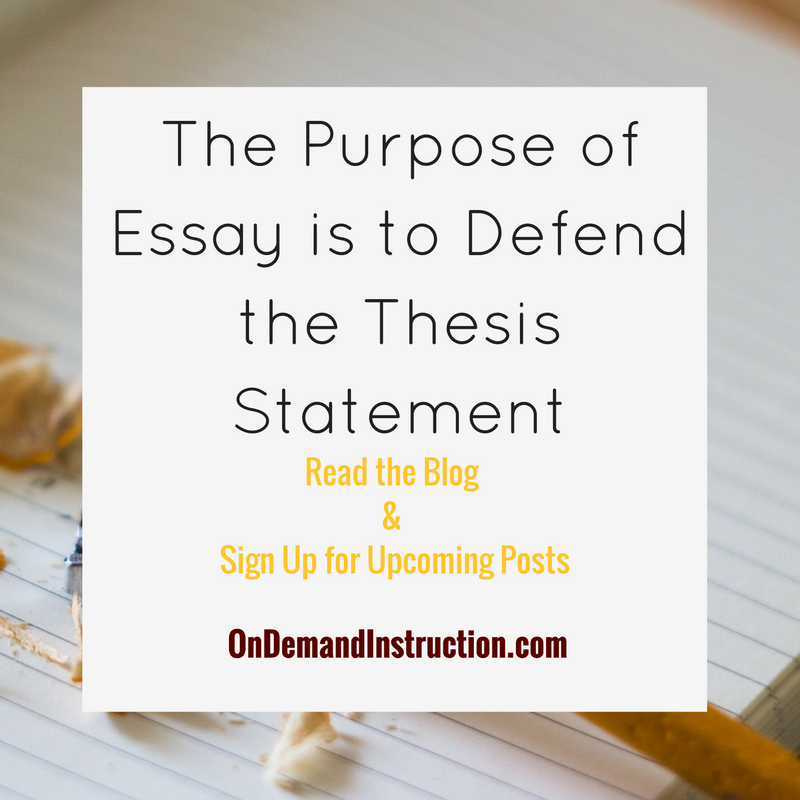
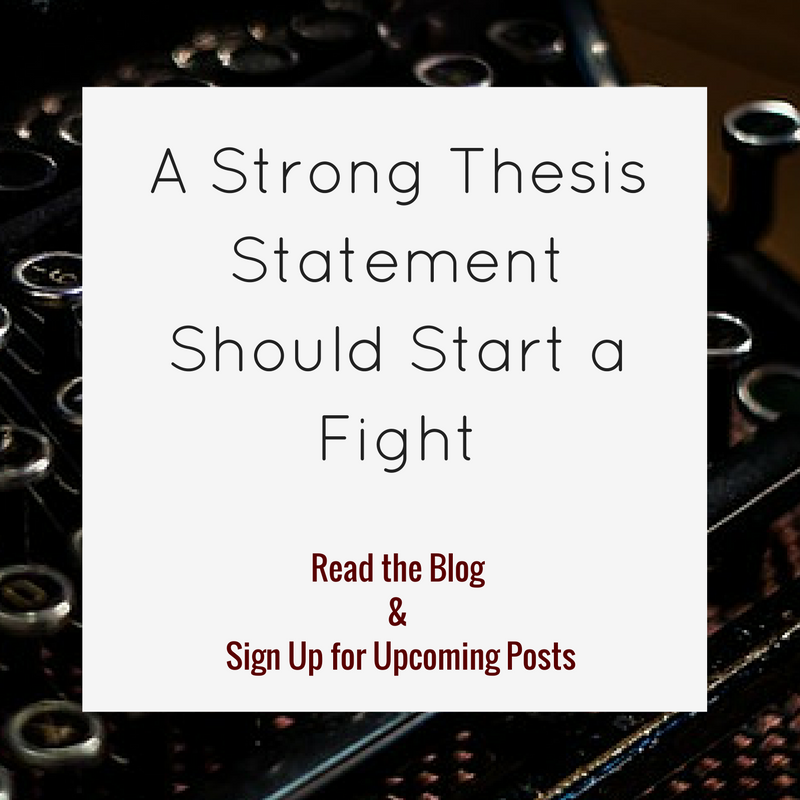
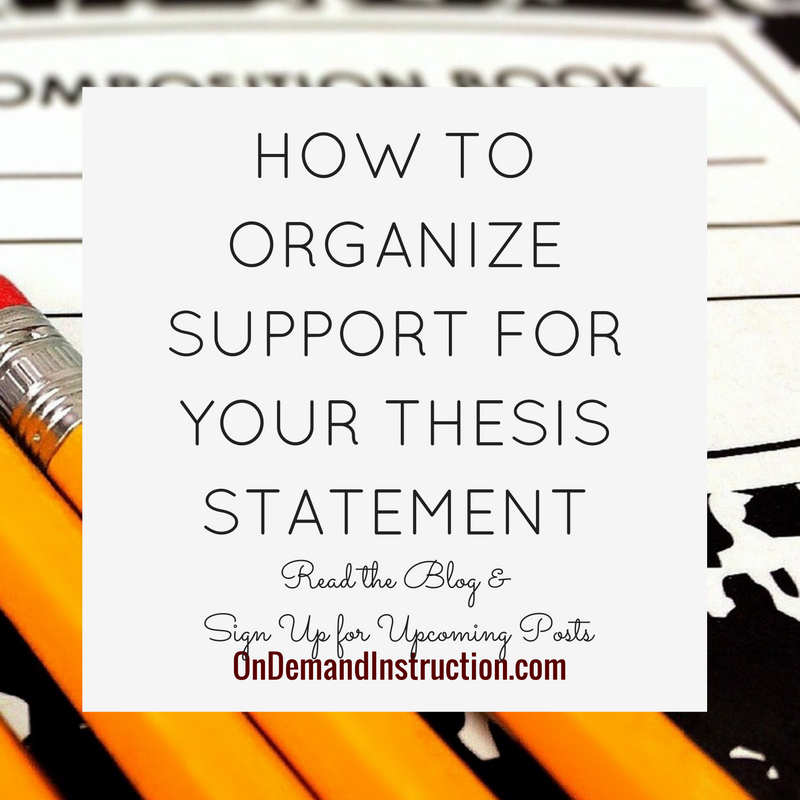
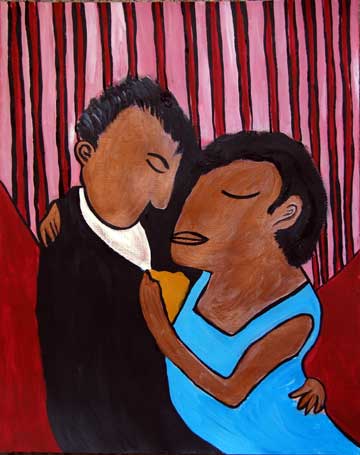
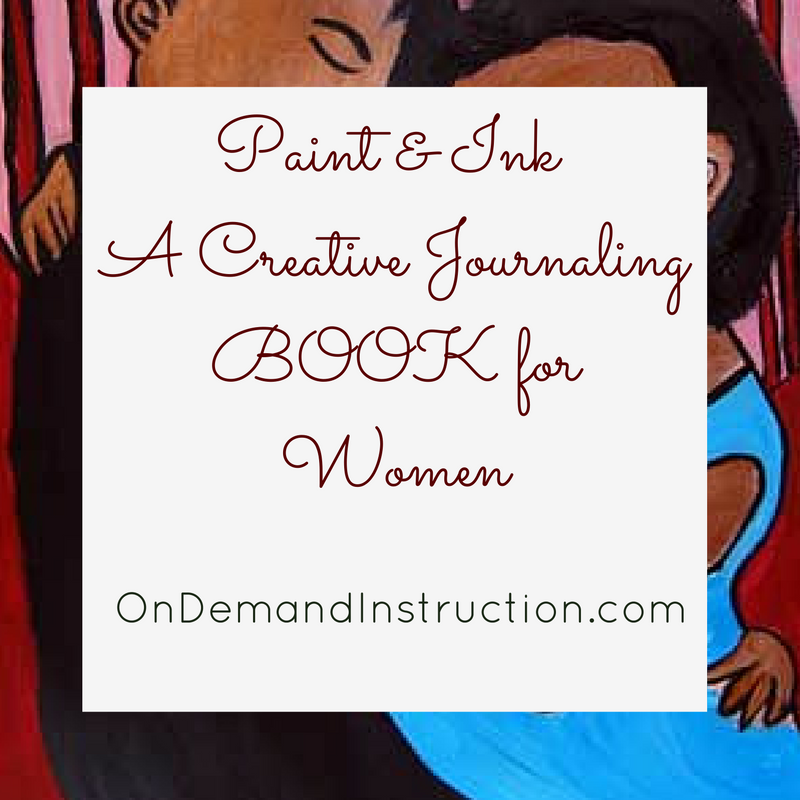
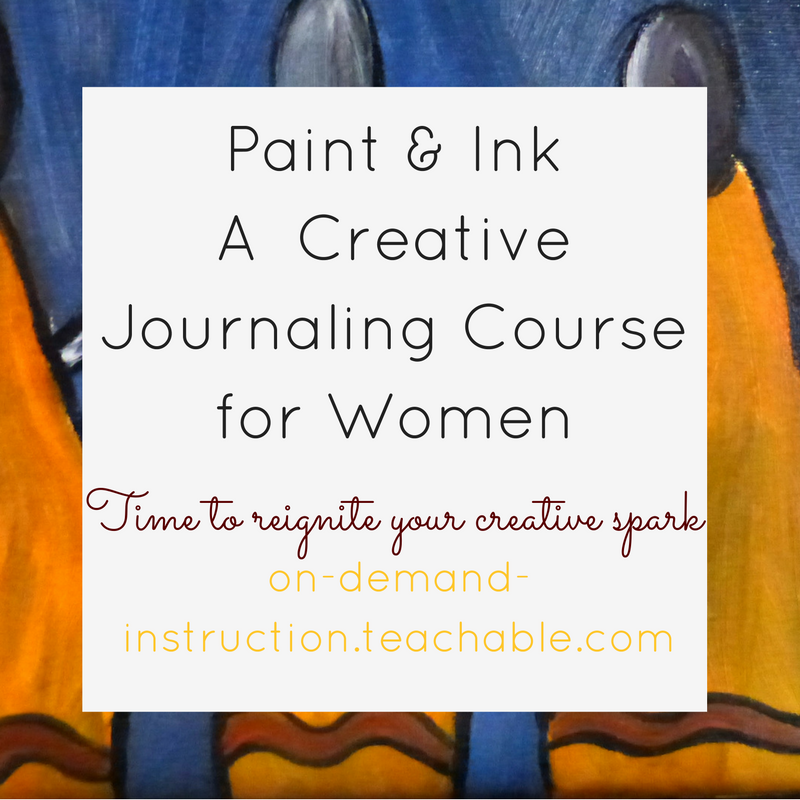
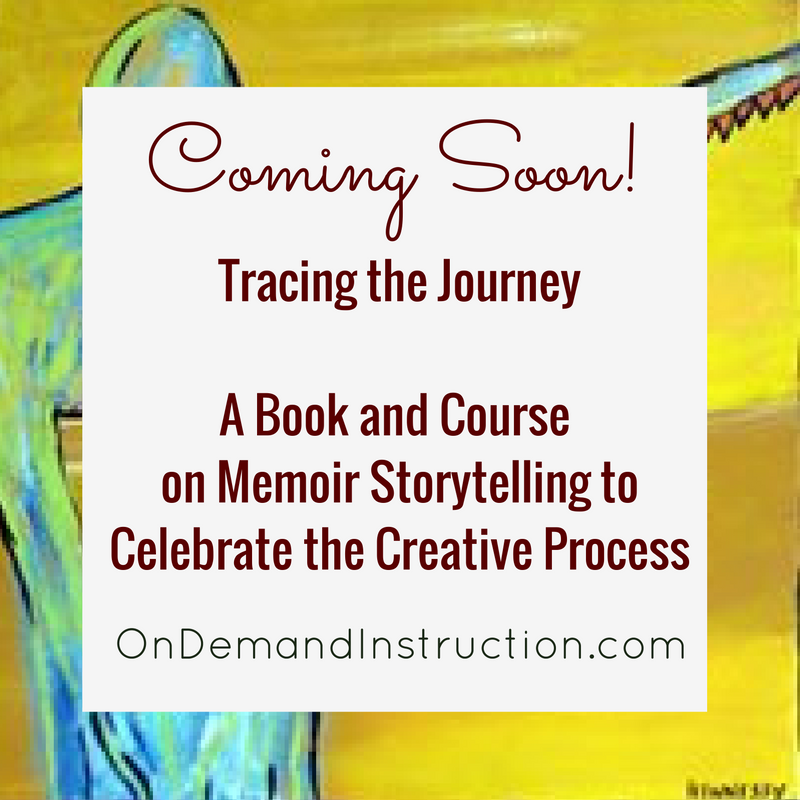
 RSS Feed
RSS Feed